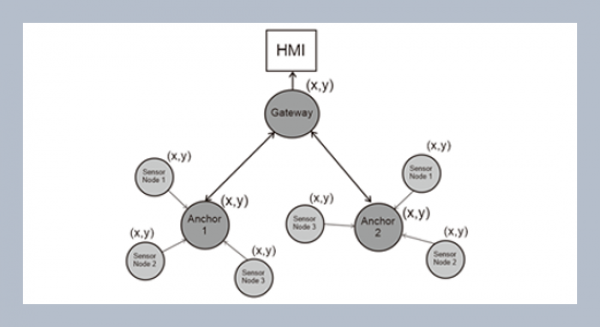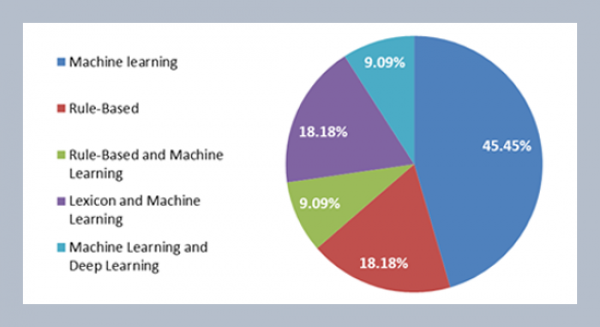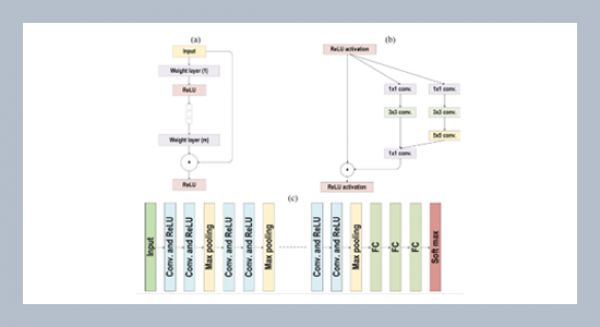Chi-Ling Pan* Department of Construction Engineering, Chaoyang University of Technology, Wufeng, Taichung county 413, Taiwan, R.O.C.
Download Citation:
|
Download PDF
It is known that the application of higher strength steels to structures often results in significant material-cost savings, this research is concentrated on a study of the structural strength of hybrid flexural members using different sheet steels. A total of 72 cold-formed steel hybrid beams were investigated in this study. Since the yield strengths and stress-strain relationships of the two materials used to fabricate the beam specimens are different, the yield strength of hybrid beam can not be easily calculated. Therefore, by using the available test data, the alternative computing procedure with equivalent section concept was developed and utilized in the calculation of load-carrying capacity for cold-formed steel hybrid beam. In the determination of the strength of hybrid sections, the effective cross-sectional area calculated on the basis of the dynamic yield stresses can also be employed. ABSTRACT
Keywords:
cold-formed steel; hybrid beam; yield moment; strain rate; equivalent section; effec-tive width.
Share this article with your colleagues
[1] Bonder, S. R. and Symonds, P. S. 1962. Experimental and Theoretical investigation of the plastic deformation of cantilever beams subjected to impulsive loading. Journal of Applied Mechanics, 29: 719-728.REFERENCES
[2] Rawlings, B. 1963. The dynamic behavior of steel in pure flexure. Proceeding of royal Society of London, Royal Society of London, Series A, 275: 528-543.
[3] Aspden, R. J. and Campbell, J. D. 1966. The effect of loading rate on the elasto-plastic flexure of Steel Beams. Proceeding of Royal Society of London, Royal Society of London, A290: 266-285.
[4] Forrestal, M. J. and Wesenberg, D. L. 1977. Elastic plastic response of simply supported 1018 Steel Beams to impulse loads. Journal of Applied Mechanics, 44: 779-780.
[5] Frost, R. W. and Schilling, C. G. 1964. Behavior of hybrid beams subjected to static loads. Journal of Structural Division, Proceeding of the American Society of Civil Engineers, 90, ST3.
[6] American Iron and Steel Institute 1999. Specification for the design of cold- formed steel structural members. Cold-Formed Steel Design Manual, Washington, C.
[7] Pan, C. L. and Yu, W. W. 1998. The Structural Behavior of Homogeneous and hybrid columns under dynamic loading conditions. Journal on Thin-walled Structures, Elsevier Science Limited, 31: 289-303.
[8] Pan, C. L. and Yu, W. W. 2001. Yield Moment of cold-formed steel beams under different strain rates. Journal of Structural Engineering, ASCE, 127, 3: 264-270.
[9] Pan, C. L., Wu, S., and Yu, W. W. 2001. Strain rate and aging effect on the mechanical properties of sheet steels. Journal on Thin-walled Structures, Elsevier Science Limited, 39: 429-444.
[10] Pan, C. L. and Yu, W. W. 1998. Design of automotive structural components using high strength sheet steels: Transformed section method for the calculation of yield moment of cold-formed steel hybrid beams. Twenty-second Progress Report, Civil Engineering Study 98-1, University of Missouri-Rolla, Rolla, Missouri.
[11] Pan, C. L. and Yu, W. W. 2002. Bending strength of hybrid cold-formed steel beams. Journal on Thin-walled Structures, Elsevier Science Limited, 40: 399-414.
[12] Pan, C. L. and Yu, W. W. 1995. Design of automotive structural components using high strength sheet steels: Effect of strain rate on the structural strength of cold-formed steel hybrid beams. Eighteenth Progress Report, Civil Engineering Study 95-1, University of Missouri-Rolla, Rolla, Missouri.
ARTICLE INFORMATION
Accepted:
2003-07-22
Available Online:
2003-09-12
Pan, C.-L. 2003. The prediction of strength of hybrid beams by equivalent section concept, International Journal of Applied Science and Engineering, 1, 101–113. https://doi.org/10.6703/IJASE.2003.1(2).101
Cite this article:















